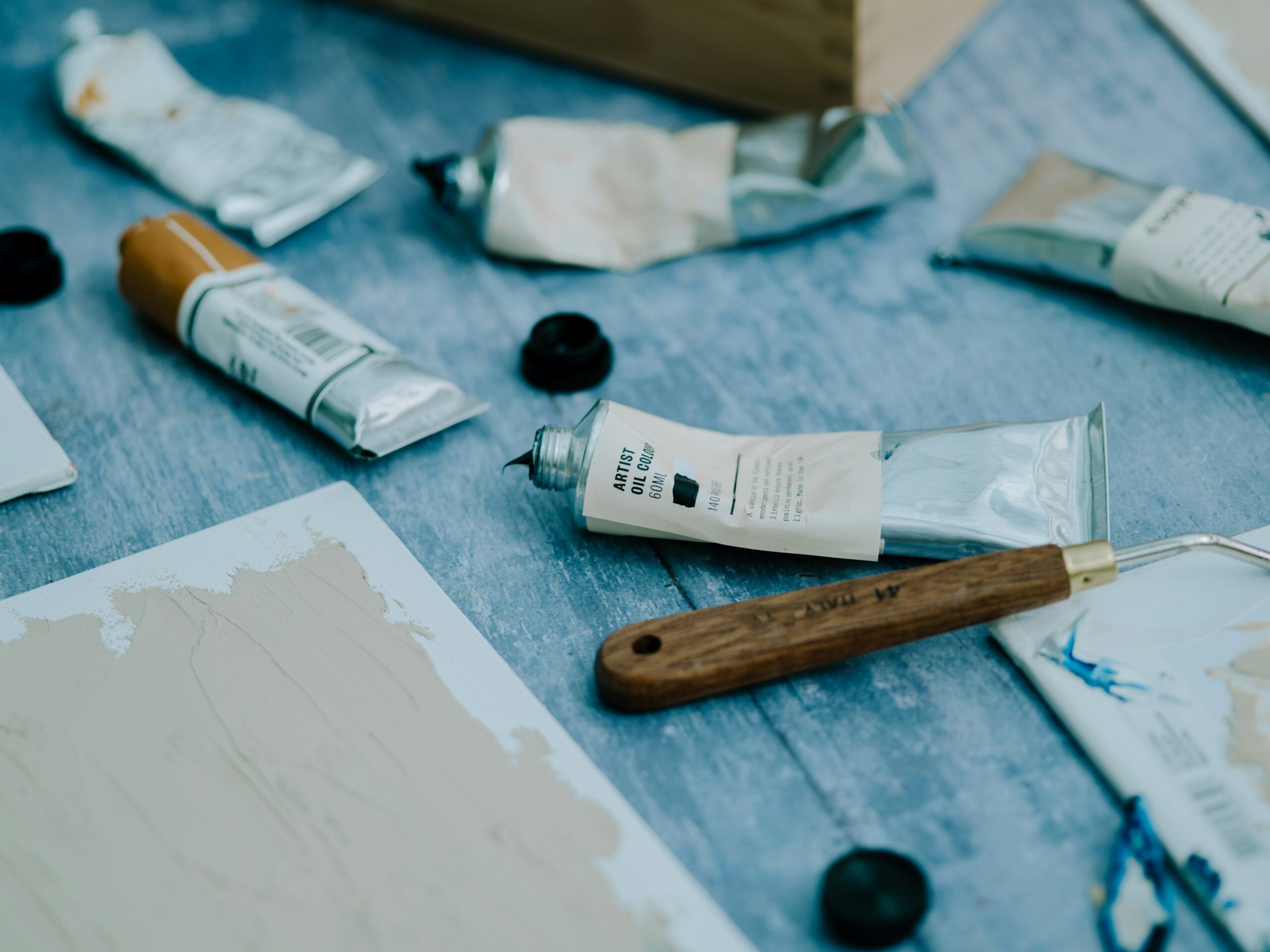
According to a report by BBC News, a rare print was recently discovered at Oxburgh Hall in Norfolk. Initially, it was believed to be an oil-on-paper reproduction of a portrait by Dutch artist Sir Anthony van Dyke. However, it was later identified as a print by Jacob Christoff Le Blon, who was the inventor of colour printing. The print depicts Charles I’s three eldest children and has been hanging in the same spot for over a century.
This discovery sheds new light on the hall’s history, suggesting that the Bedingfield family, who owned it, may have been secret supporters of the Catholic Stuart royal family. Le Blon’s pioneering three-colour printing process, developed in the early 18th century, revolutionised printing techniques. Conservation efforts revealed the print’s true nature.
The art world has been revolutionised by technology in many ways. Lets explore how technology is transforming art, from digital mediums to virtual reality, 3D printing, and beyond.
How Tech Transforms The Realm Of Art
Technology is revolutionising the art realm, offering new ways for artists to create and for audiences to engage with art. From digital art to virtual reality, 3D printing, and artificial intelligence, technology is reshaping the bounds of artistic expression and experience.
Digital Endeavours
Digital art uses digital tools and platforms to create and share artwork, making it more accessible and allowing artists to experiment with new techniques and styles. Virtual reality transports audiences into immersive art experiences, allowing for interactive exploration of virtual worlds and galleries.
3D printing empowers artists to bring digital designs to life, opening up possibilities for intricate sculptures and mass production. Artificial intelligence contributes to the creation and analysis of art, with machine-learning algorithms generating original artworks and providing insights into artistic meaning and context.
These technological advancements are shaping the art world in several ways:
Accessibility And Global Reach: Online platforms and galleries make art more accessible to a global audience, providing exposure and recognition for artists worldwide.
Mediums And Techniques: Technological tools expand the artistic toolbox, enabling experimentation with digital painting software and 3D printing for innovative creations.
More from Tech
Immersive Experiences: Virtual reality and augmented reality technologies offer immersive and interactive art experiences, deepening the connection between viewers and artwork.
Opportunities For Collaboration: Technology facilitates collaboration among artists, allowing for remote collaboration and crowdsourced funding for artistic projects.
As technology continues to evolve, it will be interesting to see how artists and audiences embrace these innovations and push the boundaries of creativity in the art world.
The Tech Behind Art Restoration
Art restoration has been transformed by blending tradition with innovation to unveil hidden masterpieces and preserve our cultural heritage. Gone are the days of simple cleaning and touch-ups. Today’s techniques harness the power of technology to delve deep into the layers of artwork, revealing insights into the minds of the creators.
Advanced imaging technologies, like multispectral imaging and X-ray fluorescence, have revolutionised the field. They allow conservators to analyse an artwork’s composition, identify pigments, and uncover hidden sketches. Laser cleaning delicately removes dirt and varnish without altering the artwork’s essence, while nanomaterials offer precise restoration solutions on a microscopic scale.
The merging of art restoration and 3D printing enables the recreation of missing parts of artworks with astonishing accuracy, breathing life into fragmented histories. However, digital restoration tools, while offering quick fixes, raise ethical questions about authenticity and artistic intent.
As art restoration continues to evolve, conservators must balance between tradition and progress, preserving the past while embracing the future. Art history is enriched with each new discovery, captivating and inspiring across generations.
Technology stands as a powerful force in transforming the art world, from enhancing accessibility and global reach to enabling innovative mediums and techniques. The intersection of tradition and innovation, as seen in art restoration, showcases the potential of technology to unveil hidden masterpieces while raising important ethical considerations.
As technology evolves, it will be fascinating to witness how artists and audiences alike embrace these advancements, pushing the boundaries of creativity and preserving our cultural heritage for generations to come.









